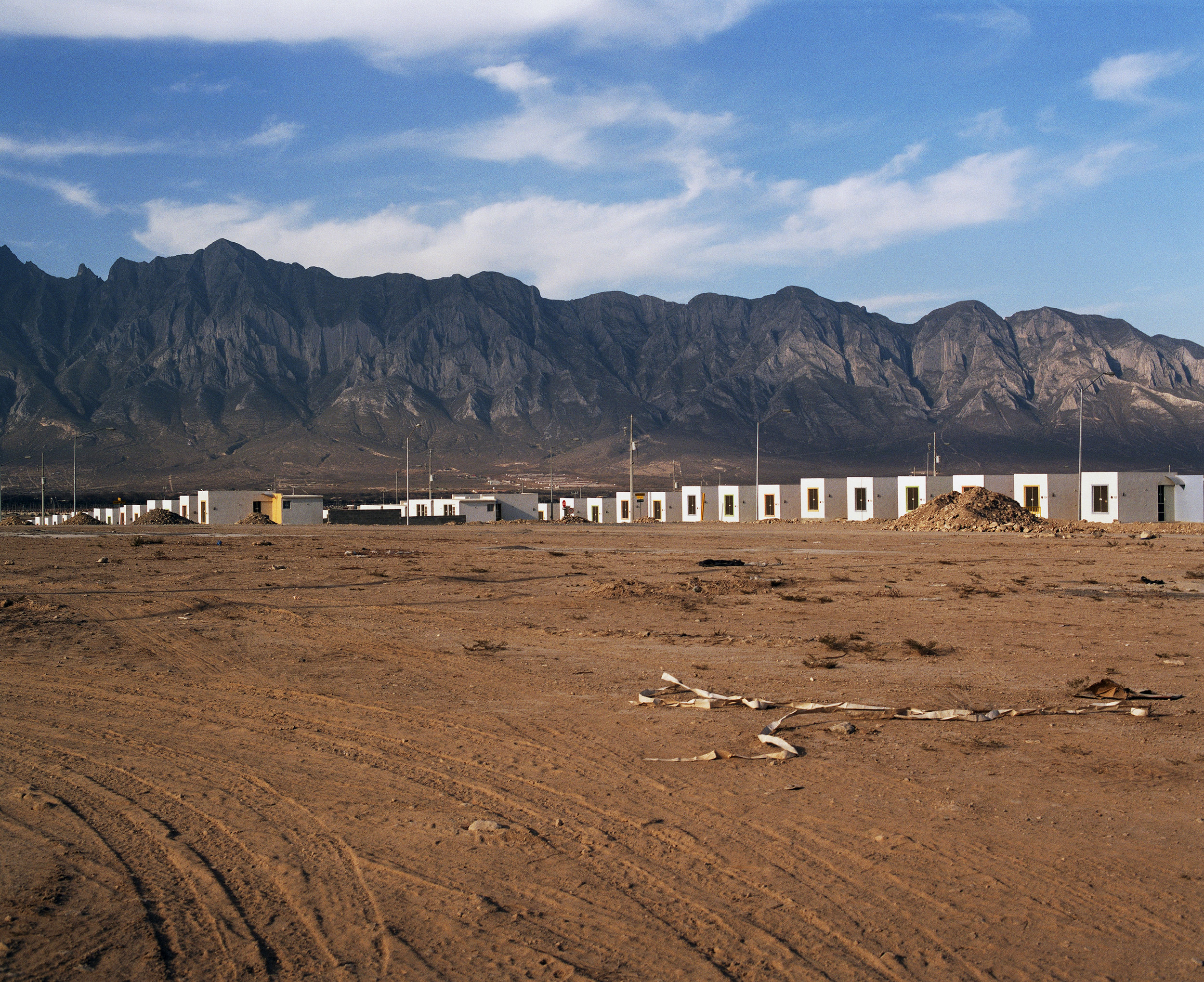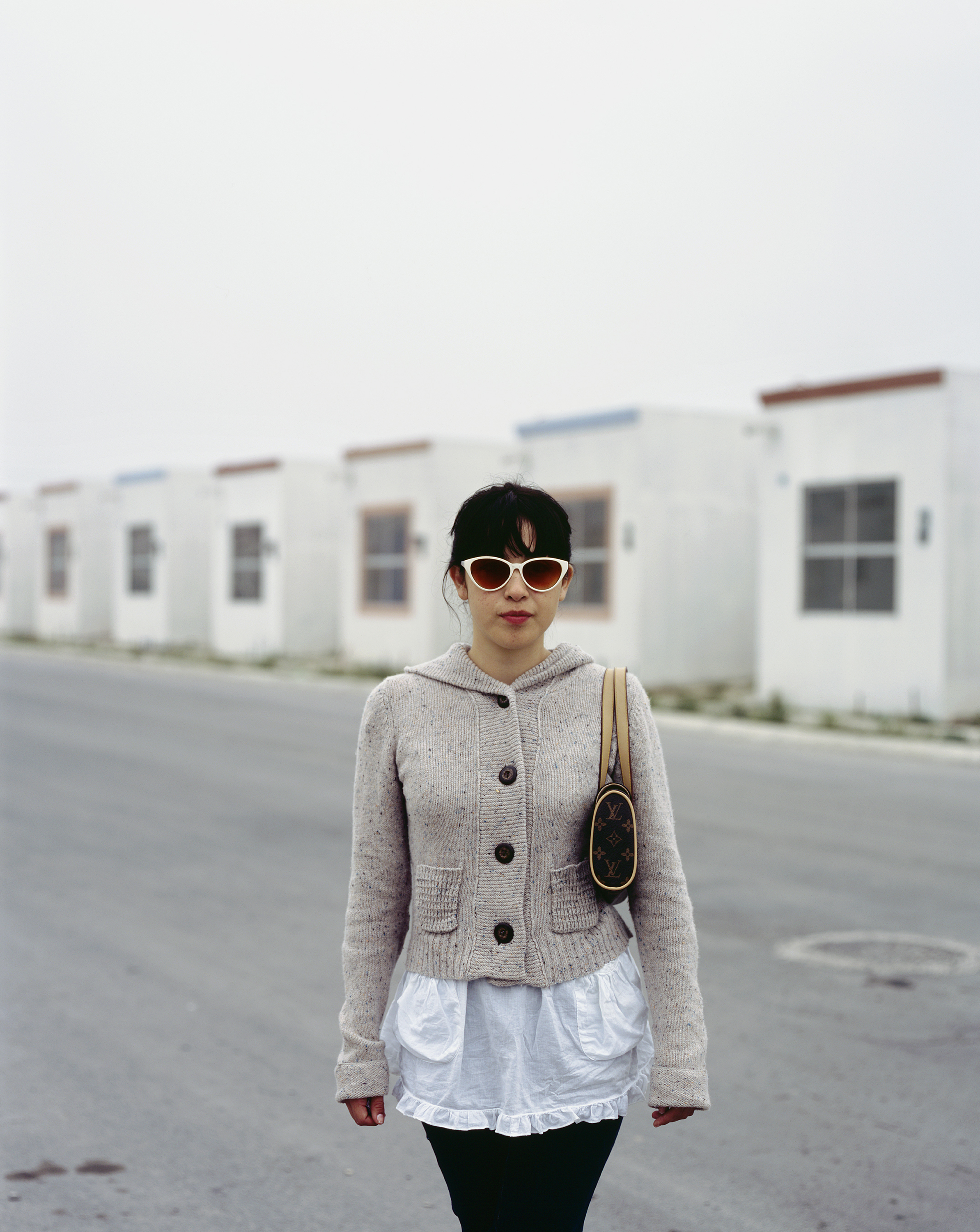Alejandro Cartagena
Suburbia Mexicana, Cause and Effect
June 3 - 27, 2010
In recent years, photographer Alejandro Cartagena has chronicled the vast and rapid growth of nine cities in the metropolitan area of Monterrey, Mexico. Encouraged by the Mexican government, housing developers there have taken advantage of the cheapest land available to construct new housing to be sold to lower- and middle-income families. More than 300,000 new homes have been built in this region since 2001. Evoking traditions established by the New Topographics photographers of the 1970s and 1980s, Cartagena has followed this complex story of unhampered sprawl in a compelling series of rich color photographs.
Suburbia Mexicana, Cause and Effect is comprised of five distinct parts: "Lost Rivers," "Urban Holes," "Fragmented City," "An Other Distance," and "People of Suburbia." When seen together, Cartagena's images create a visual narrative of dramatic, wide-scale urban transformation. He documents the finished, vacant developments waiting to be inhabited, the older, deserted neighborhoods left behind, as well as the environmental impact of nearby rivers drying to trickle to support growing populations. Through a combination of traditional landscape, abstract formalism, and documentary motifs, Cartagena invites the viewer into a montage of contemporary Mexican suburbia that is at once informative and beautiful.
Born in the Dominican Republic in 1977, Alejandro Cartagena lives and works in Monterrey, Mexico, He currently teaches photography at the Universidad Autonoma de Nuevo Leon, where he received his Master's Degree in Visual Arts. Cartagena was recently named one of PDN´s 30 emerging photographers, and received Photolucida's 2009 Critical Mass book award. In 2009, Cartagena was a finalist for the Aperture Portfolio Prize, selected as an "International Discovery" at the Houston FOTOFEST, a Hey Hot Shot Finalist, and a featured artist at the Lishui International Photography Festival in Lishui, China. His work has been exhibited and published internationally and is part of public and private collections in the US, Mexico, Brazil, and Italy.








